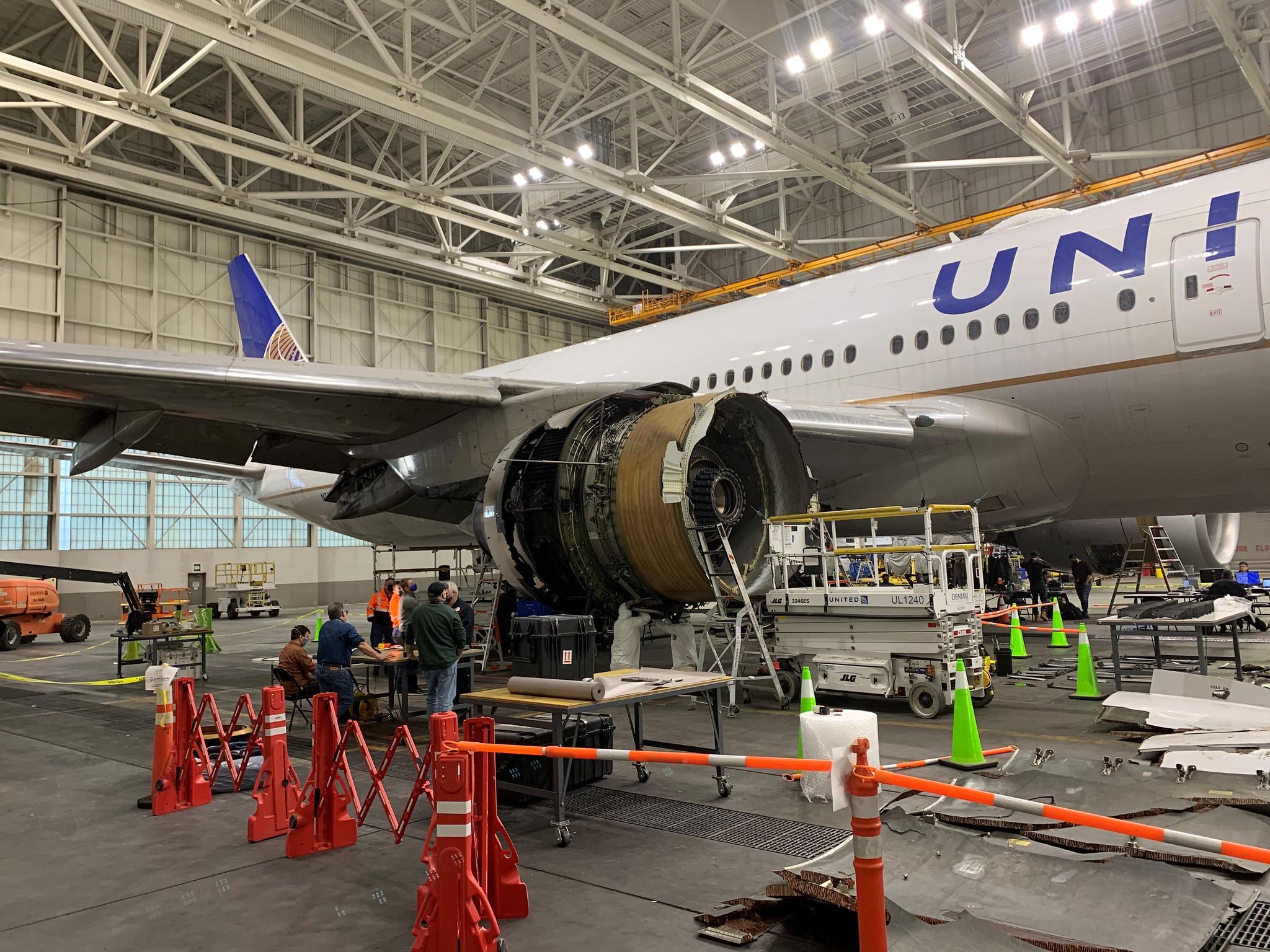
Credit: NTSB
United Airlines said Pratt & Whitney, the FAA and other stakeholders are making progress on getting Pratt PW4000-series engines back in service but declined to say when its affected 777s will return. “There is progress, is the best way I would put it,” United COO Jon Roitman told Aviation Week MRO...
Subscription Required
This content requires a subscription to one of the Aviation Week Intelligence Network (AWIN) bundles.
Schedule a demo today to find out how you can access this content and similar content related to your area of the global aviation industry.
Already an AWIN subscriber? Login
Did you know? Aviation Week has won top honors multiple times in the Jesse H. Neal National Business Journalism Awards, the business-to-business media equivalent of the Pulitzer Prizes.

